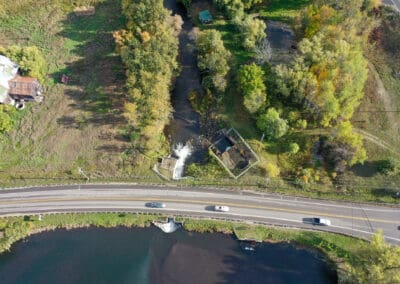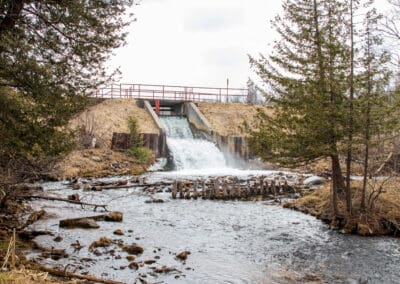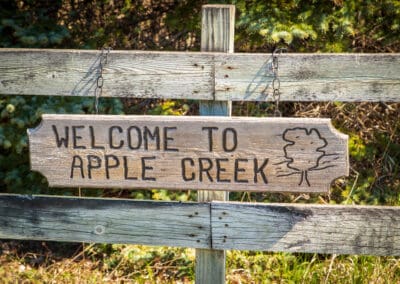New Macroinvertebrate Survey for the Ottaway (Boardman) River
Boardman Bugs
As any skilled gardener knows, insects play a critical role in the veggie patch. The same is true in a river – some insects provide food for fish and other predators, while some aquatic insects process organic materials and recycle nutrients back into the system. When bug populations suffer, so does the entire ecosystem.
In stream ecology, we pay particular attention to benthic macroinvertebrates – or organisms without backbones that are found on, under, or around rocks and sediment on river bottoms. Their presence – or absence – helps researchers identify potential stressors within a stream section as well as observe the effectiveness of restoration activities. Here in Michigan, declining insect populations can be clues that erosion, sedimentation, or pollution are negatively impacting the stream.
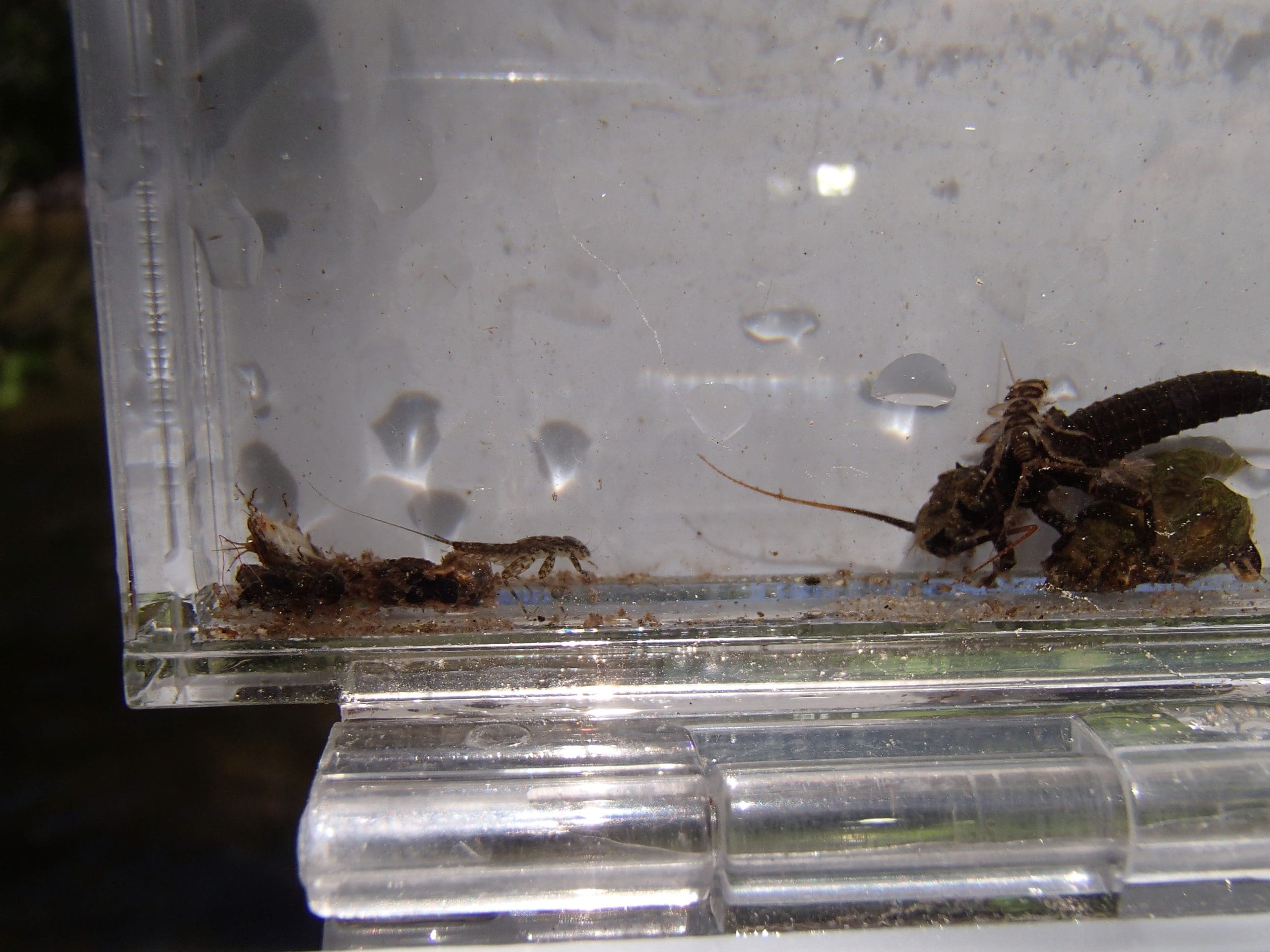
As part of the post-restoration phase of the Boardman River Dam Removal Project, the Au Sable Institute recently completed a ten-year macroinvertebrate study to assess the revitalization of the river. The river’s most comprehensive macroinvertebrate study to date, the assessment returned some unexpected findings.
Eight years after the Brown Bridge Dam Removal, the macroinvertebrate community showed full recovery in the newly exposed relic channel, at the site of the former impoundment. However, sites sampled downstream still exhibited impacts related to increased sedimentation. Further downriver, the sites up and downstream of the Boardman Dam Removal (2017) displayed rapid recovery. Samples collected from the most recent dam removal – Sabin Dam (2018), showed a depression in the density and diversity of species, but given this is a brand new river channel where there once was a sandy and muck bottomed impoundment – we anticipate a full recovery in 1-3 years.
The most confounding discovery was the immense presence of New Zealand mudsnails. These invasive macroinvertebrates are pests in several of Michigan’s coldwater streams as they compete directly with native macroinvertebrates for resources. They offer zero nutritious value to fish and can self-colonize at an astounding rate – a female mudsnail can produce 40 million snails in one year! Alarmingly, the mudsnails composed 50-70% of the latest samples obtained by the Au Sable Institute. More troubling, the actual population could be even larger, as the sites sampled don’t share the same characteristics as its optimal habitat.
Without the mudsnails, the percentage of insect groups known to indicate stream health (ex: mayflies, stoneflies, caddisflies) have remained at steady levels and are indicative of an otherwise healthy stream. The findings illustrate the importance of having a robust monitoring plan and exemplify the need for continued research and observation. CRA’s Nate Winkler explains, “Without actually assessing the effects a project has on the river or stream, you can’t know for sure if the project provided the intended outcome or not.” Now, the Ottaway (Boardman) River faces a new challenge as it transitions to its next phase – and as stewards of the river, we will use this information to determine the next steps toward complete restoration.
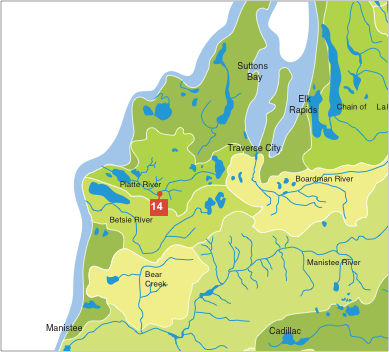
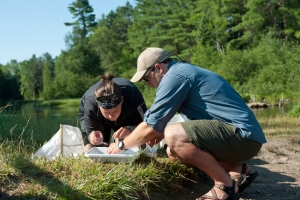
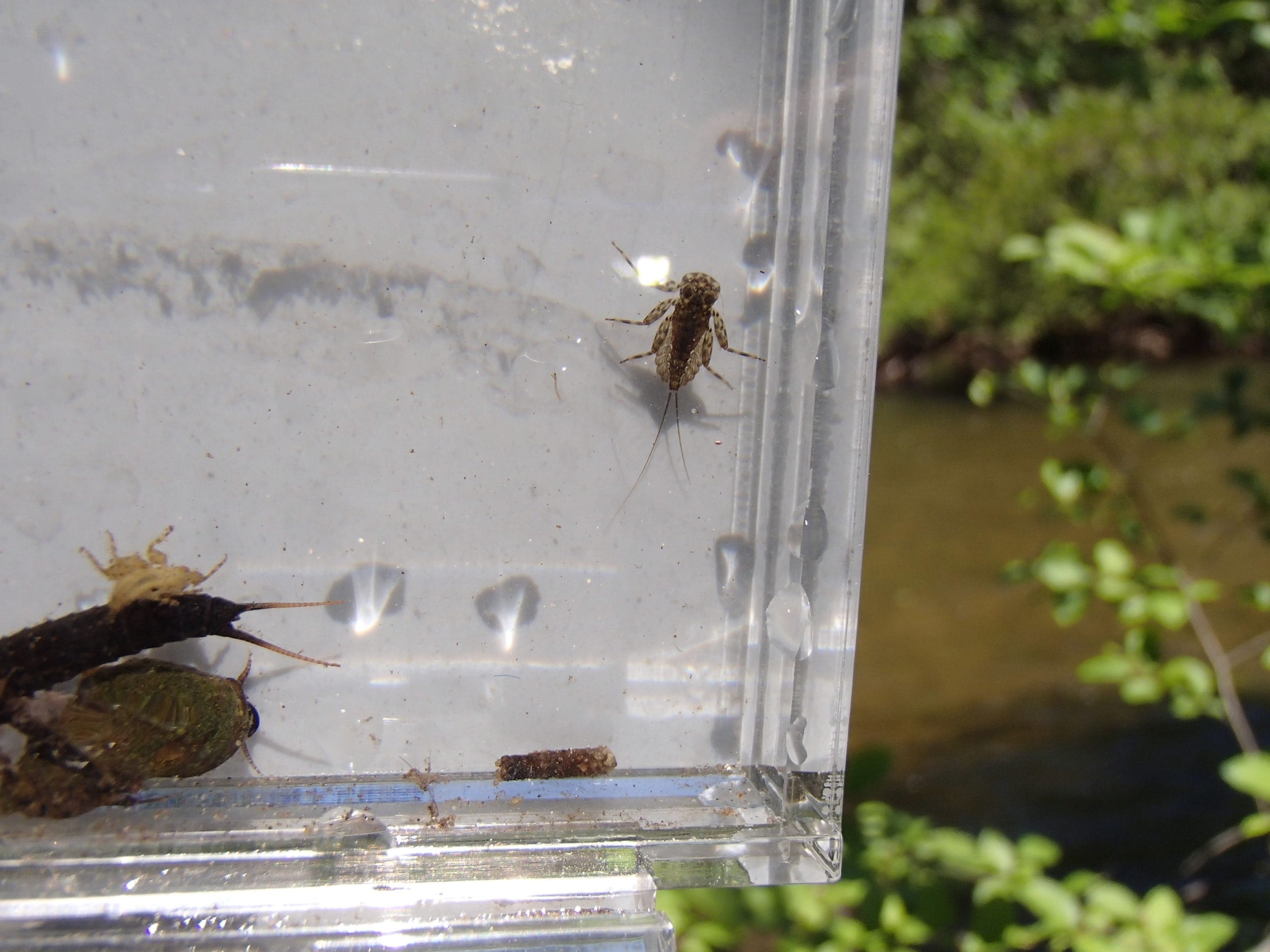
Projects like this are not possible without the help of our members and partners. We’d like to send a special “thank you” to:
The Au Sable Institute and River Protectors like you!





